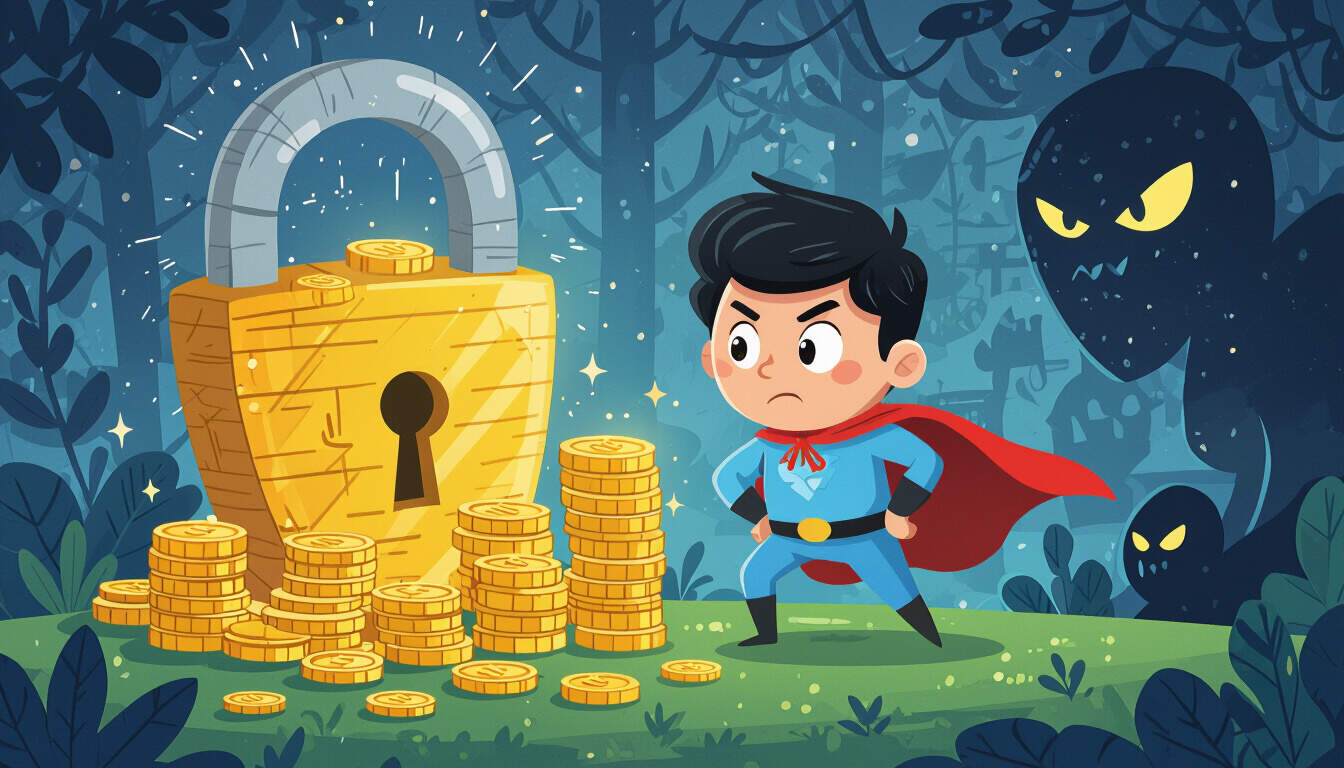Ensuring Payment Processing Security for Solo SaaS
 by Shanie Goodwin
by Shanie Goodwin
Payment processing security is essential for solo SaaS developers to protect user data and maintain trust. This article covers key strategies, standards, and steps to integrate secure systems, helping entrepreneurs build reliable applications without compromising safety.

Payment processing security forms the backbone of any solo SaaS application that handles financial transactions. For solo entrepreneurs, protecting sensitive data is critical to building trust and avoiding legal issues.
Why Security Matters in Solo SaaS
In solo SaaS, developers often manage everything themselves, making it vital to prioritize data protection. Payment processing security involves safeguarding card details and transaction information from breaches. A single incident can lead to significant losses and damage reputation.
Many solo developers start with basic setups, but overlooking security can expose vulnerabilities. For instance, if a payment gateway is not properly configured, attackers might intercept data. Real-world cases show that even small apps have faced issues when basic protocols were ignored.
Core Standards for Protection
Adhering to established standards helps maintain integrity. One key standard is PCI DSS, which outlines requirements for handling card data. This framework ensures that systems are secure and compliant.
For solo SaaS, implementing PCI DSS means encrypting data during transmission and storage. Developers can use libraries that handle encryption automatically, reducing the risk of exposure. Another approach is tokenization, where sensitive details are replaced with unique identifiers, keeping actual data off servers.
Step-by-Step Guide to Implementation
Getting started with secure payment processing involves a structured approach. First, choose a reliable payment gateway like Stripe or PayPal, which offer built-in security features.
-
Select and Integrate a Gateway: Begin by signing up for a gateway that supports API integration. This step allows your SaaS app to process payments without storing sensitive information directly.
-
Encrypt Data: Always use HTTPS for your application to encrypt data in transit. In code, apply encryption methods for any stored data, ensuring that even if accessed, it remains unreadable.
-
Implement Authentication: Add multi-factor authentication for admin access. This layer protects the backend from unauthorized changes that could affect payment processing security.
-
Test Regularly: Use automated tools to scan for vulnerabilities. Conduct penetration testing on your app to identify weak points before going live.
-
Monitor Transactions: Set up logs and alerts for unusual activity. This practice helps detect potential fraud early, allowing quick response.
Following these steps, a solo developer built a subscription-based tool and integrated a gateway within a week. They focused on encryption first, which prevented any data leaks during initial launches.
Practical Advice and Examples
Real-world examples highlight the benefits of strong security. Consider a solo SaaS app for online courses that processes payments for enrollments. By using tokenization, the developer avoided storing card numbers, reducing breach risks and simplifying compliance.
Another example involves a freelance management platform. The creator added transaction monitoring, which flagged suspicious activities and protected users from fraud. These cases show how simple measures can make a big difference.
For ongoing maintenance, regularly update dependencies and software. Outdated libraries can introduce vulnerabilities, so staying current is essential. Additionally, educate users about secure practices, such as using strong passwords, to create a safer environment.
Common Challenges and Solutions
Solo entrepreneurs often face resource limitations when dealing with security. One challenge is balancing cost with protection. Free tools might lack features, so opting for affordable paid options can provide better safeguards.
To address this, start with open-source solutions that offer security audits. For instance, integrate libraries verified by communities, ensuring they meet basic safety standards. Over time, as your SaaS grows, invest in professional audits to cover more ground.
Building Trust Through Security
Ultimately, strong payment processing security builds user confidence and supports business growth. Solo developers who prioritize this aspect often see higher retention rates, as customers value safe interactions.
By focusing on practical steps and learning from examples, entrepreneurs can create secure SaaS applications that stand out. This approach not only protects data but also paves the way for long-term success in the field.
